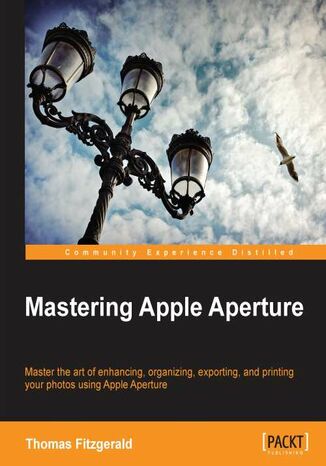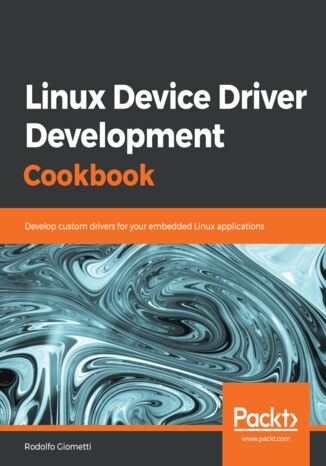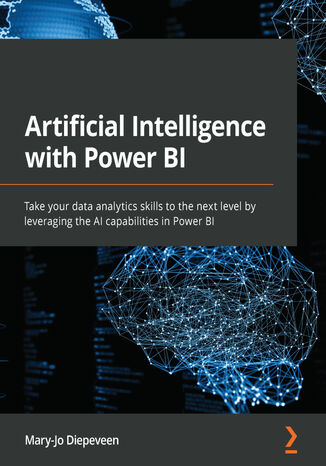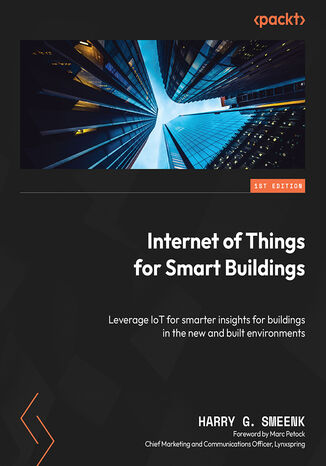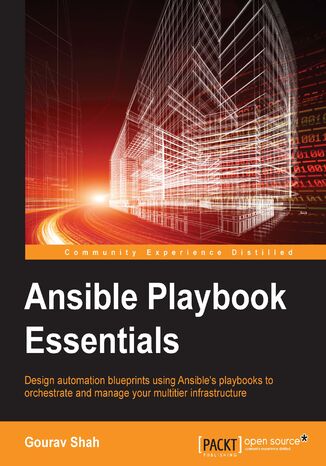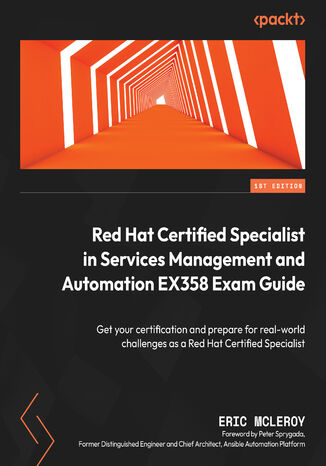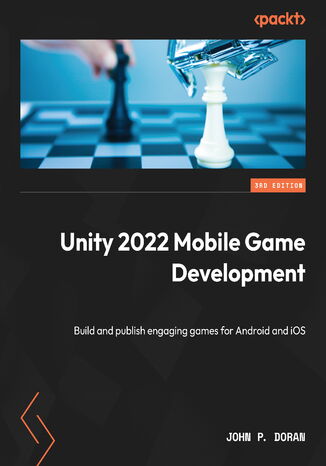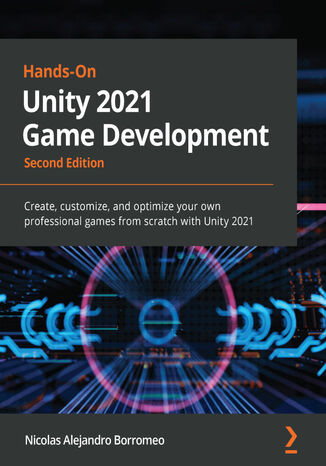Категорії
-
- Біткойн
- Ділова жінка
- Коучинг
- Контроль
- Електронний бізнес
- Економіка
- Фінанси
- Фондова біржа та інвестиції
- Особисті компетенції
- Комп'ютер в офісі
- Комунікація та переговори
- Малий бізнес
- Маркетинг
- Мотивація
- Мультимедійне навчання
- Нерухомість
- Переконання та НЛП
- Податки
- Соціальна політика
- Порадники
- Презентації
- Лідерство
- Зв'язки з громадськістю
- Звіти, аналізи
- Секрет
- Соціальні засоби комунікації
- Продаж
- Стартап
- Ваша кар'єра
- Управління
- Управління проектами
- Людські ресурси (HR)
-
- Architektura i wnętrza
- Безпека життєдіяльності
- Biznes i Ekonomia
- Будинок та сад
- Електронний бізнес
- Ekonomia i finanse
- Езотерика
- Фінанси
- Особисті фінанси
- Бізнес
- Фотографія
- Інформатика
- Відділ кадрів та оплата праці
- Для жінок
- Комп'ютери, Excel
- Бухгалтерія
- Культура та література
- Наукові та академічні
- Охорона навколишнього середовища
- Впливові
- Освіта
- Податки
- Подорожі
- Психологія
- Релігія
- Сільське господарство
- Ринок книг і преси
- Транспорт та спедиція
- Здоров'я та краса
-
- Офісні застосунки
- Бази даних
- Біоінформатика
- Бізнес ІТ
- CAD/CAM
- Digital Lifestyle
- DTP
- Електроніка
- Цифрова фотографія
- Комп'ютерна графіка
- Ігри
- Хакування
- Hardware
- IT w ekonomii
- Наукові пакети
- Шкільні підручники
- Основи комп'ютера
- Програмування
- Мобільне програмування
- Інтернет-сервери
- Комп'ютерні мережі
- Стартап
- Операційні системи
- Штучний інтелект
- Технологія для дітей
- Вебмайстерність
-
- Антології
- Балада
- Біографії та автобіографії
- Для дорослих
- Драми
- Журнали, щоденники, листи
- Епос, епопея
- Нарис
- Наукова фантастика та фантастика
- Фельєтони
- Художня література
- Гумор, сатира
- Інше
- Класичний
- Кримінальний роман
- Нехудожня література
- Художня література
- Mity i legendy
- Лауреати Нобелівської премії
- Новели
- Побутовий роман
- Okultyzm i magia
- Оповідання
- Спогади
- Подорожі
- Оповідна поезія
- Поезія
- Політика
- Науково-популярна
- Роман
- Історичний роман
- Проза
- Пригодницька
- Журналістика
- Роман-репортаж
- Romans i literatura obyczajowa
- Сенсація
- Трилер, жах
- Інтерв'ю та спогади
-
- Археологія
- Bibliotekoznawstwo
- Кінознавство / Теорія кіно
- Філологія
- Польська філологія
- Філософія
- Finanse i bankowość
- Географія
- Економіка
- Торгівля. Світова економіка
- Історія та археологія
- Історія мистецтва і архітектури
- Культурологія
- Мовознавство
- літературні студії
- Логістика
- Математика
- Ліки
- Гуманітарні науки
- Педагогіка
- Навчальні засоби
- Науково-популярна
- Інше
- Психологія
- Соціологія
- Театральні студії
- Богослов’я
- Економічні теорії та науки
- Transport i spedycja
- Фізичне виховання
- Zarządzanie i marketing
-
- Безпека життєдіяльності
- Історія
- Дорожній кодекс. Водійські права
- Юридичні науки
- Охорона здоров'я
- Загальне, компендіум
- Академічні підручники
- Інше
- Закон про будівництво і житло
- Цивільне право
- Фінансове право
- Господарське право
- Господарське та комерційне право
- Кримінальний закон
- Кримінальне право. Кримінальні злочини. Кримінологія
- Міжнародне право
- Міжнародне та іноземне право
- Закон про охорону здоров'я
- Закон про освіту
- Податкове право
- Трудове право та законодавство про соціальне забезпечення
- Громадське, конституційне та адміністративне право
- Кодекс про шлюб і сім'ю
- Аграрне право
- Соціальне право, трудове право
- Законодавство Євросоюзу
- Промисловість
- Сільське господарство та захист навколишнього середовища
- Словники та енциклопедії
- Державні закупівлі
- Управління
-
- Африка
- Альбоми
- Південна Америка
- Центральна та Північна Америка
- Австралія, Нова Зеландія, Океанія
- Австрія
- Азії
- Балкани
- Близький Схід
- Болгарія
- Китай
- Хорватія
- Чеська Республіка
- Данія
- Єгипет
- Естонія
- Європа
- Франція
- Гори
- Греція
- Іспанія
- Нідерланди
- Ісландія
- Литва
- Латвія
- Mapy, Plany miast, Atlasy
- Мініпутівники
- Німеччина
- Норвегія
- Активні подорожі
- Польща
- Португалія
- Інше
- Przewodniki po hotelach i restauracjach
- Росія
- Румунія
- Словаччина
- Словенія
- Швейцарія
- Швеція
- Світ
- Туреччина
- Україна
- Угорщина
- Велика Британія
- Італія
-
- Філософія життя
- Kompetencje psychospołeczne
- Міжособистісне спілкування
- Mindfulness
- Загальне
- Переконання та НЛП
- Академічна психологія
- Психологія душі та розуму
- Психологія праці
- Relacje i związki
- Батьківство та дитяча психологія
- Вирішення проблем
- Інтелектуальний розвиток
- Секрет
- Сексуальність
- Спокушання
- Зовнішній вигляд та імідж
- Філософія життя
-
- Біткойн
- Ділова жінка
- Коучинг
- Контроль
- Електронний бізнес
- Економіка
- Фінанси
- Фондова біржа та інвестиції
- Особисті компетенції
- Комунікація та переговори
- Малий бізнес
- Маркетинг
- Мотивація
- Нерухомість
- Переконання та НЛП
- Податки
- Соціальна політика
- Порадники
- Презентації
- Лідерство
- Зв'язки з громадськістю
- Секрет
- Соціальні засоби комунікації
- Продаж
- Стартап
- Ваша кар'єра
- Управління
- Управління проектами
- Людські ресурси (HR)
-
- Антології
- Балада
- Біографії та автобіографії
- Для дорослих
- Драми
- Журнали, щоденники, листи
- Епос, епопея
- Нарис
- Наукова фантастика та фантастика
- Фельєтони
- Художня література
- Гумор, сатира
- Інше
- Класичний
- Кримінальний роман
- Нехудожня література
- Художня література
- Mity i legendy
- Лауреати Нобелівської премії
- Новели
- Побутовий роман
- Okultyzm i magia
- Оповідання
- Спогади
- Подорожі
- Поезія
- Політика
- Науково-популярна
- Роман
- Історичний роман
- Проза
- Пригодницька
- Журналістика
- Роман-репортаж
- Romans i literatura obyczajowa
- Сенсація
- Трилер, жах
- Інтерв'ю та спогади
-
- Філософія життя
- Міжособистісне спілкування
- Mindfulness
- Загальне
- Переконання та НЛП
- Академічна психологія
- Психологія душі та розуму
- Психологія праці
- Relacje i związki
- Батьківство та дитяча психологія
- Вирішення проблем
- Інтелектуальний розвиток
- Секрет
- Сексуальність
- Спокушання
- Зовнішній вигляд та імідж
- Філософія життя
Apple Aperture is one of the leading photo editing software packages available in today's market. It provides you with all the tools to organize, browse, and perfect your images, so you can make every shot your best shot.Mastering Apple Aperture aims to teach you the skills and knowledge necessary to become a master of the Apple Aperture software. It will build upon your existing core skills and show you new and advanced ways to get things done in Apple's powerful photography software.Mastering Apple Aperture starts by showing you the most simple and efficient ways to import and organize your images. It then takes you through the techniques for processing photos before moving on to cover advanced topics like working with tethered shooting, multiple libraries, curves, and metadata.You will discover how to edit images in Aperture and will gain complete mastery over processing images. You will also explore ways of extending Aperture through the use of plugins and third-party software. This book concludes with tips and tricks for the best ways to output images from Aperture, whether for print or for screen.
Linux is a unified kernel that is widely used to develop embedded systems. As Linux has turned out to be one of the most popular operating systems worldwide, the interest in developing proprietary device drivers has also increased. Device drivers play a critical role in how the system performs and ensure that the device works in the manner intended. By exploring several examples on the development of character devices, the technique of managing a device tree, and how to use other kernel internals, such as interrupts, kernel timers, and wait queue, you’ll be able to add proper management for custom peripherals to your embedded system.You’ll begin by installing the Linux kernel and then configuring it. Once you have installed the system, you will learn to use different kernel features and character drivers. You will also cover interrupts in-depth and understand how you can manage them. Later, you will explore the kernel internals required for developing applications. As you approach the concluding chapters, you will learn to implement advanced character drivers and also discover how to write important Linux device drivers.By the end of this book, you will be equipped with the skills you need to write a custom character driver and kernel code according to your requirements.
The artificial intelligence (AI) capabilities in Power BI enable organizations to quickly and easily gain more intelligent insights from unstructured and structured data.This book will teach you how to make use of the many AI features available today in Power BI to quickly and easily enrich your data and gain better insights into patterns that can be found in your data.You’ll begin by understanding the benefits of AI and how it can be used in Power BI. Next, you’ll focus on exploring and preparing your data for building AI projects and then progress to using prominent AI features already available in Power BI, such as forecasting, anomaly detection, and Q&A. Later chapters will show you how to apply text analytics and computer vision within Power BI reports. This will help you create your own Q&A functionality in Power BI, which allows you to ask FAQs from another knowledge base and then integrate it with PowerApps. Toward the concluding chapters, you’ll be able to create and deploy AutoML models trained in Azure ML and consume them in Power Query Editor. After your models have been trained, you’ll work through principles such as privacy, fairness, and transparency to use AI responsibly.By the end of this book, you’ll have learned when and how to enrich your data with AI using the out-of-the-box AI capabilities in Power BI.
Imagine working in a building with smart features and tenant applications that allow you to monitor, manage, and control every aspect of your user experience. Internet of Things for Smart Buildings is a comprehensive guide that will help you achieve that with smart building architecture, ecosystems, technologies, and key components that create a smart building.In this book, you’ll start by examining all the building systems and applications that can be automated with IoT devices. You’ll learn about different apps to improve efficiency, reduce consumption, and improve occupant satisfaction. You’ll explore IoT sensors, devices, computing platforms, analytics software, user interfaces, and connectivity options, along with common challenges you might encounter while developing the architecture.You’ll also discover how to piece different components together to develop smart buildings with the help of use cases and examples and get to grips with the various IoT stacks. After finding out where to start developing the requirements for your project, you’ll uncover a recommended methodology to understand your current building systems and a process for determining what needs to be modified, along with new technology requirements.By the end of the book, you’ll be able to design and build your own smart building initiative, turning your city into a smart city with one building at a time.
Ansible Playbook Essentials. Design automation blueprints to manage your multitier infrastructure
Gourav Shah, GOURAV JAWAHAR SHAH
Ansible Playbook Essentials will show you how to write a blueprint of your infrastructure, encompassing multitier applications using Ansible's playbooks. Beginning with basic concepts such as plays, tasks, handlers, inventory, and YAML Ain't Markup Language (YAML) syntax that Ansible uses, you'll understand how to organize your code into a modular structure. Building on this, you will study techniques to create data-driven playbooks with variables, templates, logical constructs, and encrypted data, which will further strengthen your application skills in Ansible. Adding to this, the book will also take you through advanced clustering concepts, such as discovering topology information about other nodes in the cluster and managing multiple environments with isolated configurations. As you approach the concluding chapters, you can expect to learn about orchestrating infrastructure and deploying applications in a coordinated manner.By the end of this book, you will be able to design solutions to your automation and orchestration problems using playbooks quickly and efficiently.
If you’re ready to take the next step in your system engineering career with the EX358, then this book is for you. Packed with all the knowledge and skills that you need to configure and maintain services and applications on the Red Hat Linux 8 (RHEL OS 8) platform, this book will help you ace the exam and thrive at work.Red Hat Certified Specialist in Service Management and Automation will help you build a solid foundation of the most recent and up-to-date exam requirements and practice questions.Throughout the course of the book, you’ll get hands-on experience with different technical processes needed to fully administer a Red Hat Enterprise Linux 8 system. This will include file storage, database management, direct configuration of applications, such as SMB shares, networking. You’ll be well equipped with the configuration of essential components like firewall, SELinux, and iSCSI while learning how to automate these tasks using Ansible Automation 2.9 in order to alleviate the burden of completing them by hand.By the end of this book, you'll have covered all essential topics to ace the Red Hat EX358 certification exam and add another feather to your career as a Red Hat Certified Specialist.
Unity is a well-established player in the mobile game development sphere, and its new release, Unity 2022, is packed with new, exciting features. In Unity 2022 Mobile Game Development, Third Edition, you'll get to grips with the Unity game engine by building a mobile game and publishing it on the most popular mobile app stores as well as exploring the all-new features.This book provides a comprehensive and practical approach to mobile game development, helping you build an endless runner game. Starting with setting up a simple Unity project for mobile development, you’ll delve into various essential aspects needed to successfully create and publish your game. You’ll acquire a range of skills, such as incorporating touch gestures, monetizing your game with Unity Ads and in-app purchases, designing an intuitive UI, and seamlessly integrating social media functionalities. Additionally, you’ll gain valuable insights into player preferences and behavior using Unity's analytics tools. You’ll also explore features of augmented reality in Unity 2022, enhancing your game's appeal.By the end of this book, you’ll be well-equipped to reap the power of Unity 2022 to build, optimize, and publish robust cross-platform mobile games with C#, as well as widening your skill set and enhancing your credentials as a game developer.
Learning how to use Unity is the quickest way to creating a full game, but that’s not all you can do with this simple, yet comprehensive suite of video game development tools – Unity is just as useful for creating AR/VR experiences, complex simulations, real-time realistic rendering, films, and practical games for training and education. Hands-On Unity 2021 Game Development outlines a practical journey to creating your first full game from the ground up, building it step-by-step and applying your knowledge as you progress.Complete with hands-on tutorials and projects, this easy-to-follow guide will teach you how to develop the game using several Unity tools. As you advance, you will learn how to use the Unity engine, create simple scripts using C#, integrate graphics, sound, and animations, and manipulate physics to create interesting mechanics for your game. You’ll be able to apply all the knowledge that you gain to a real-world game. Later chapters will show you how to code a simple AI agent to challenge the user and use profiling tools to ensure that the code runs efficiently. Finally, you'll work with Unity's AR tools to create AR experiences for 3D apps and games.By the end of this Unity book, you will have created a complete game and built a solid foundation in using a wide variety of Unity tools.

